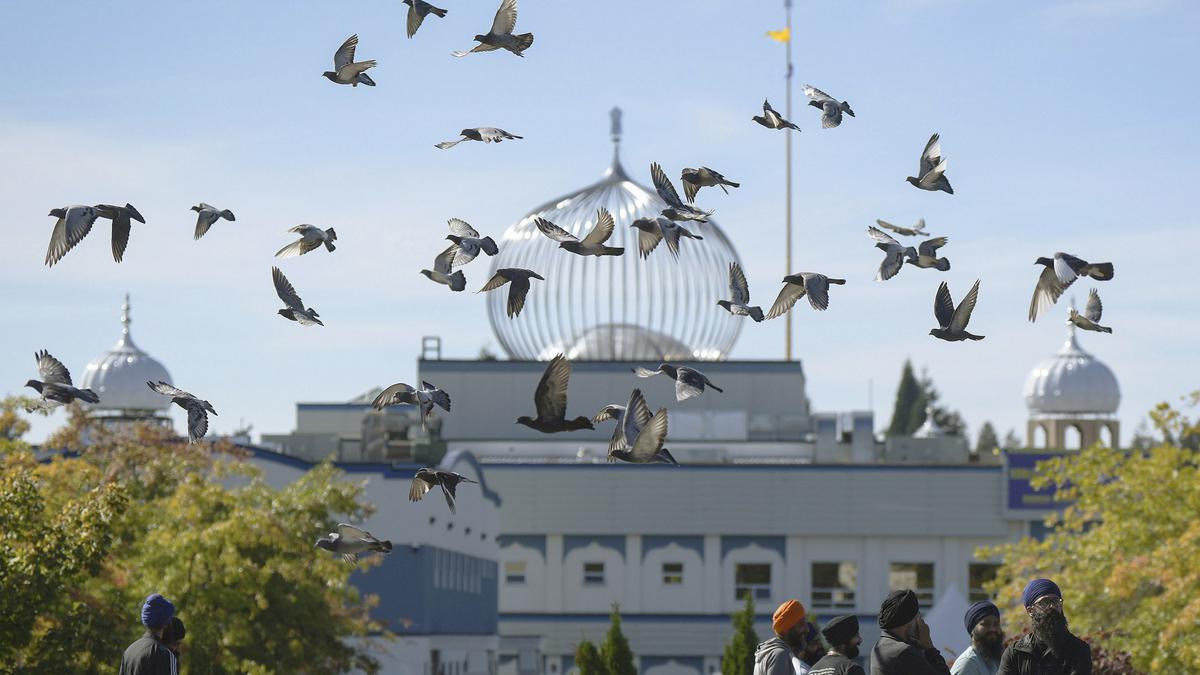
India-Canada relations sour: Spotlight on immigrants, foreign students, workers and trade | Data Premium
The Hindu
Canadian PM Trudeau's allegation of Indian agents' involvement in killing of Canadian citizen led to strained Indo-Canadian relations. India declared Nijjar a terrorist, accused Canada of providing safe haven for Khalistani supporters. India suspended visa services, expelled Canadian diplomat, postponed trade mission. Canada imports medicaments, diamond, jewellery, linen from India; India imports coal, fertilizers, leguminous vegetables, newsprint, uranium/thorium ore from Canada.
Last week, Canadian Prime Minister Justin Trudeau alleged that agents of the Indian government were involved in the killing of Hardeep Singh Nijjar, a Canadian citizen, in Surrey. India called the allegations “absurd” and “motivated”. India had declared Nijjar, the head of the Khalistani Tiger Force, a terrorist in 2020, and has accused Canada of providing a safe haven for people who support the Khalistani cause.
Soon after the accusation, the head of Indian intelligence in Canada was expelled. India retaliated by expelling a senior Canadian diplomat. Indo-Canadian relations have been turbulent over the past few years, in large part due to what India sees as Canada’s sympathetic approach towards supporters of the Khalistan movement. Canada has a large Sikh and Punjabi immigrant diaspora population.
On September 21, India suspended visa services in Canada. This has reportedly led to anxiety among students, their families, and other travellers who aspire to go to Canada, especially Punjabis. People who identified Punjabi as their ethnic or cultural origin during the 2021 Canadian census formed the largest share of Indians in Canada, followed by Tamilians, Gujaratis, and Bengalis. More importantly, 30% of Punjabis in Canada belong to the second or third generation (persons not born outside Canada). A higher share of Goans and Tamils are from the second or third generation; however, their overall numbers are relatively lower than Punjabis.
Chart 1 | The chart plots the share of Indians across ethnic/cultural group who belong to the second or third generation (not born outside Canada) on the horizontal axis. The bigger the circle, the more the number of people in that group.
Charts appear incomplete? Click to remove AMP mode
Indians form the largest share of immigrants, foreign students, foreign workers, and other groups in Canada. India overtook China and the Philippines to form the highest share of immigrants in Canada in the 2016-2021 period (Chart 2).
Chart 2 | The chart shows country-wise share of immigrants in Canada in the 2016-2021 period.











